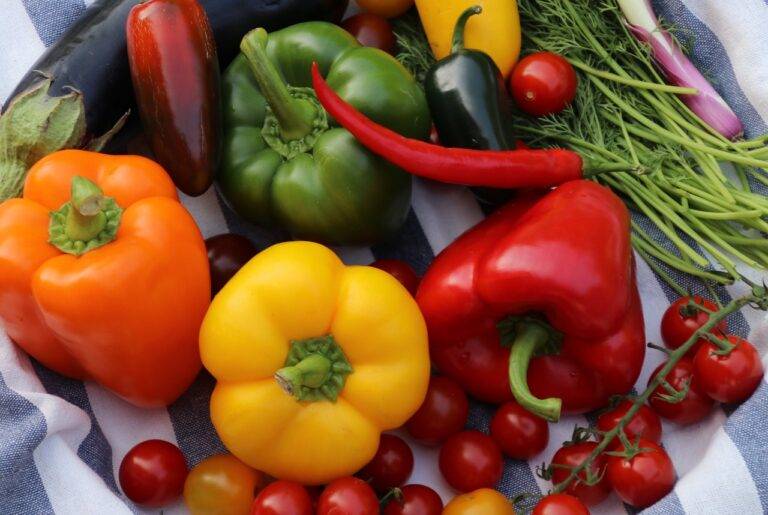The Rise of Food Delivery Apps and Their Impact
Food delivery apps offer convenience like never before. With just a few taps on your smartphone, you can have a variety of dishes from your favorite restaurants delivered to your doorstep within minutes. This eliminates the need to commute to the restaurant, search for parking, and wait in line for a table—a time-saving feature that many busy individuals find extremely valuable.
Furthermore, food delivery apps provide users with a wide array of restaurant options to choose from, allowing them to explore different cuisines without leaving the comfort of their homes. From local eateries to popular chains, the diverse selection available on these platforms caters to various tastes and preferences. Whether you’re craving a hearty bowl of ramen or a decadent slice of cheesecake, the possibilities are virtually endless when using food delivery apps.
Changing Consumer Behavior
In today’s fast-paced world, convenience plays a crucial role in shaping consumer behavior. The rise of food delivery apps has revolutionized the way people choose to dine, offering a wide array of culinary options at their fingertips. This accessibility has led to a shift in preferences, with more individuals opting for the ease of ordering in from the comfort of their homes rather than dining out at traditional restaurants.
Furthermore, the ease of browsing through menus, placing orders, and tracking deliveries in real-time has made food delivery apps a preferred choice for many consumers. The convenience of being able to satisfy cravings with just a few taps on a smartphone has significantly influenced how people approach dining decisions. This shift in consumer behavior highlights the growing reliance on technology to streamline everyday tasks, including the way people choose and enjoy their meals.
Impact on Traditional Restaurants
Traditional restaurants have been significantly affected by the rise of food delivery apps in recent years. With the convenience of ordering food from the comfort of their homes, customers are increasingly opting for delivery services instead of dining out. This shift in consumer behavior has led to a decline in foot traffic at traditional restaurants, impacting their revenue and overall sustainability.
Moreover, traditional restaurants are facing increased competition from food delivery apps, which often offer a wider variety of cuisines and price points to customers. This competitive landscape has forced many traditional restaurants to adapt by partnering with delivery apps themselves or implementing their own delivery services. However, for some restaurants, this transition has proven to be challenging as they struggle to keep up with the changing preferences of consumers.





